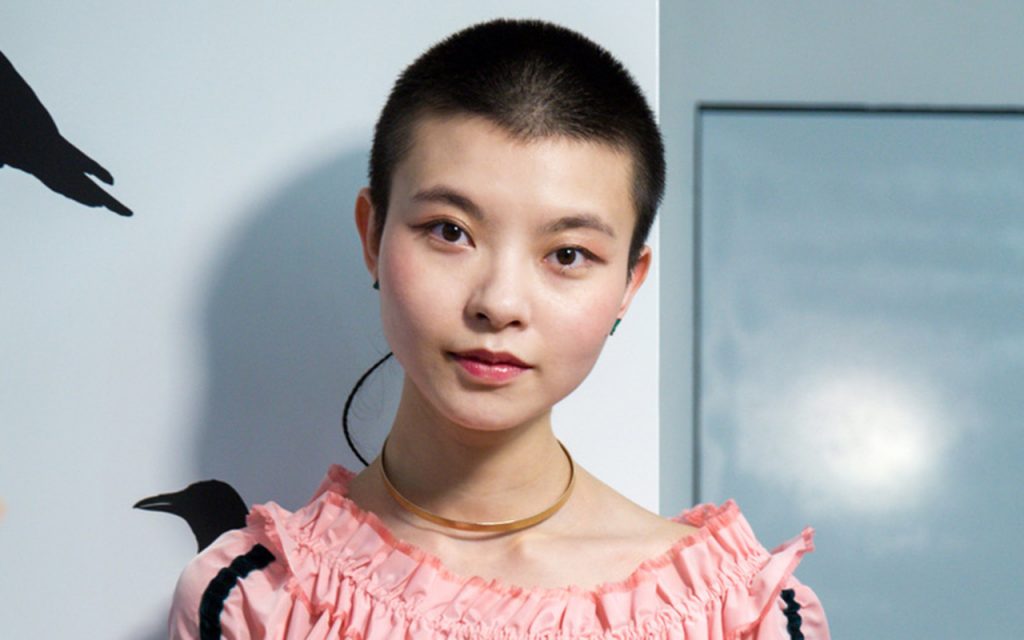In a bold move to redefine beauty standards, Chinese women are embracing the buzz cut as their go-to hairstyle. Traditionally, long hair has been synonymous with femininity in Chinese culture; however, this emerging trend signals a shift towards empowering women to express themselves and break free from societal expectations.
With buzz cuts becoming increasingly popular among South Korean women and making waves in the fashion industry globally, it’s no wonder that Chinese women are opting for this low-maintenance yet high-impact look.
Chinese Women And Their Bold Buzzcut Choice
Growing up, many Chinese women have been bombarded with traditional beauty standards that dictate long hair as the epitome of feminine grace and elegance. These ideals often create immense pressure to conform, causing women to feel inadequate if they don’t adhere to such expectations.
For instance, in both Chinese and Western beauty cultures, women face a greater amount of pressure compared to men to conform to societal beauty standards.
Defying traditional beauty standards is no small feat in a society deeply rooted in conventional norms and values. By choosing a buzzcut hairstyle, these trailblazers show their nonconformity and empowerment while breaking free from societal constraints.
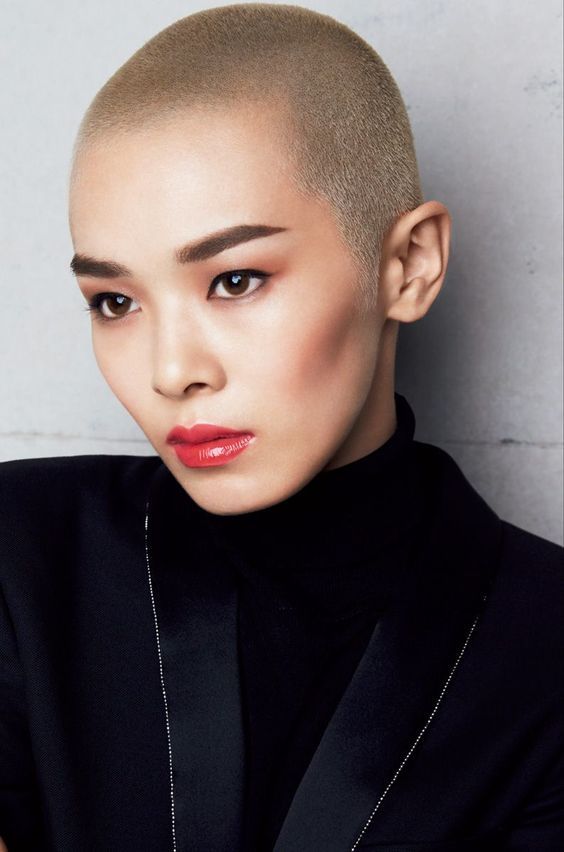
They embrace individuality by rejecting stereotypical gender norms and embracing alternative beauty aesthetics instead.
Buzzcuts are not just about trimming one’s locks; they serve as an empowering symbol of independence and confidence for many young Chinese women who dare to challenge conventional ideas surrounding female appearance.
For instance, embracing this low-maintenance style allows girls like Sara Yu – who proudly sports her shaved head on social media platforms – to claim autonomy over their bodies while showcasing unconventional tastes that defy age-old stereotypes perpetuating fair skin or “goose egg” shaped faces as ideal features.
Empowering Symbol Of Independence And Confidence

As an empowering symbol of independence and confidence, the buzzcut has become a bold choice for Chinese women who are determined to break free from rigid beauty standards.
We can attribute the rise of this trend in China partly to women finding inspiration in celebrities such as Hong Kong singer Denise Ho and Chinese actress Xiong Dailin, both known for their iconic buzzcuts.
By showcasing their fearless self-expression through this unconventional hairstyle, these role models have sparked a sense of empowerment among numerous Chinese women seeking confidence in defying norms.
Impact Of Buzzcuts On Chinese Beauty Standards
Buzz cuts challenging conventional ideas of feminine beauty and promotes diversity and individuality, making it a revolutionary experience for many Chinese women.
Challenging Conventional Ideas Of Feminine Beauty
In recent years, Chinese women have been defying societal norms by embracing buzzcuts as a bold statement of self-expression and empowerment.
This hairstyle choice is more than just practicality; it’s also about challenging conventional ideas of feminine beauty.
The increasing popularity of buzzcuts among Chinese women signifies a crucial shift in their perception of beauty standards. Traditionally, these standards were heavily influenced by Confucianism and the belief that external appearances should reflect inner virtues like modesty and grace.
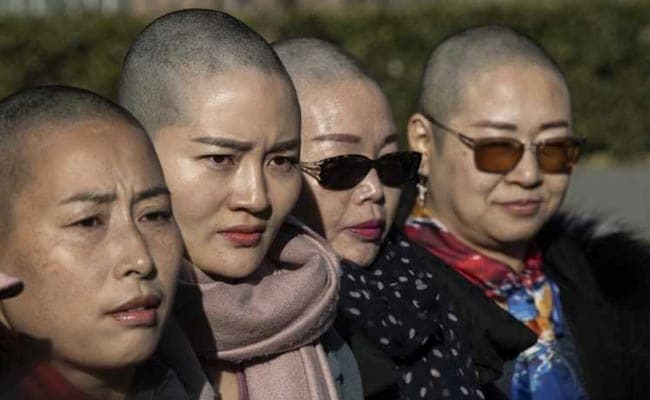
As such, hairstyles often played an essential role in conveying these qualities – for example, intricately styled buns symbolized marriageable women from higher social classes while simple hairdos represented lower-class peasants or widows without power.
By rejecting traditional ideals and embracing individuality through nonconforming styles like the buzzcut, these young women not only redefine traditional gender norms but also create space for greater diversity within the realm of female beauty in China.
For example, Xiao Meili—a prominent feminist activist—organized “Bald Girls,” an art project where 100 participants shaved their heads to question conservative beauty standards and show solidarity with each other against gender discrimination within society at large.
Promoting Beauty Diversity And Individuality
It’s essential to understand the impact of buzzcuts on Chinese beauty standards. The rise in popularity of this style among Chinese women is promoting beauty diversity and individuality.
This movement towards diversity also presents an opportunity for advertisers to embrace different types of models, shifting away from stereotypical images often used in the past.
By broadening our understanding of what constitutes beauty ideal, we can create campaigns that truly connect with this new age group – one that values independence and self-expression over outdated notions of femininity dictated by societal pressures.
Differences Between Chinese And Western Beauty Standards
The perception of beauty in China may differ from that in the West, meaning that a woman considered beautiful in one may not be viewed as such in the other, and vice versa.

Skin Tone
Skin tone is a major distinguishing factor between Chinese and Western beauty standards, with fair and pale skin being the preferred ideal in China, while in the West, most people strive for a tan complexion throughout the year.
For instance, the “facekini” is a type of mask that covers the entire head except for the eyes, nose, and mouth. It is commonly worn by Chinese women at the beach to protect their skin from the sun. The facekini trend originated in the coastal city of Qingdao in Shandong province, where it has become a popular beach accessory.
The facekini has gained attention in Western media in recent years, with some people comparing it to a superhero mask or a bank robber’s mask. However, it remains a popular and accepted beachwear item in China.

Beauty products
In China, cosmetic products that whiten the skin are extremely popular, with a wide range of options available, including whitening moisturizers, face masks, and even deodorants.
For instance, Nivea and other brands promote the ideal of pale skin beauty by offering entire product lines dedicated to skin whitening.
Similarly, many girls in the Western use bronzer or self-tanning products to achieve a sun-kissed look. While Chinese girls will apply makeup to make themselves look paler.
Face Shape And Features
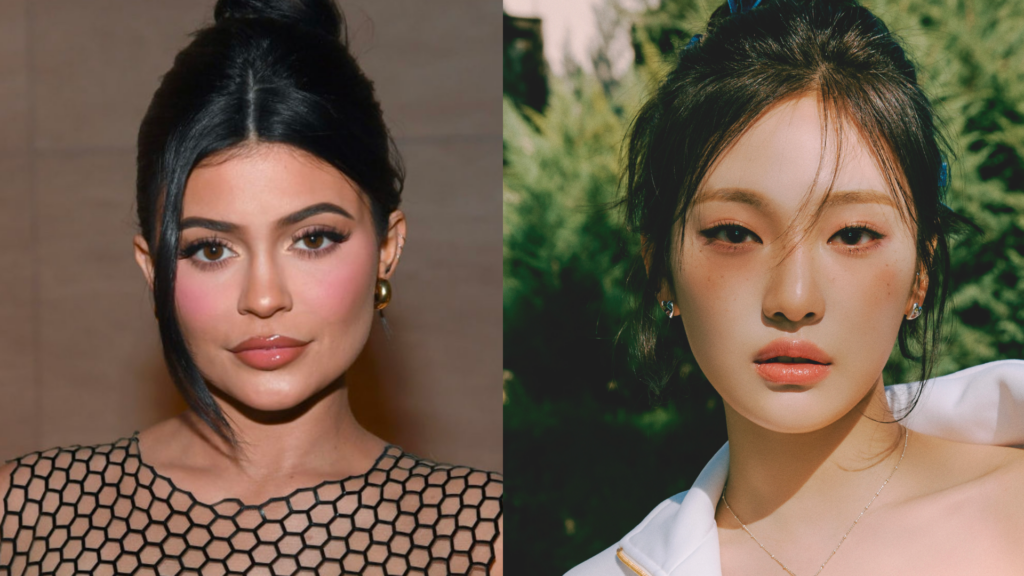
Since ancient times, face reading has been commonplace in China, and as a result, face shape holds a lot of importance in Chinese beauty standards.
Faces that are shaped like a “V” with a very thin chin and jawline, such as the melon seed face and goose egg face, are considered the two most ideal face shapes.
Furthermore, the most desirable eye shape is considered to be having big eyes with a double-fold eyelid. However, unlike Westerners, most Chinese people have single-fold eyelids.
In China, many people envy foreigners for their pronounced noses as the majority of Chinese people have a flat, broad noses. Similarly to Western beauty standards, full lips are desirable in China, but a narrow mouth is preferred over a super wide one.
Consequently, there has been a significant increase in the number of plastic surgeries undergone by Chinese women and men in recent years to meet the beauty standards in China.
Beauty Norms: Body Shape

In China’s beauty norms, Chinese society promotes the idea that the most attractive body shape is one that is slim or thin (瘦 shòu) as possible.
While Western culture idealizes a curvy figure with a small waist, large hips, and breasts (similar to Barbie’s unrealistic proportions).
However, with the growing trend of body positivity in the West, the beauty industry is now embracing more diverse body shapes, including curvy figures.
As a result, the popularity of butt implants has increased, highlighting the contrast between Western and Chinese beauty ideals.
If You’re Interested in Learning More, Contact Us!
In conclusion, Chinese women are breaking away from traditional beauty standards by choosing bold haircuts like the buzz cut. This revolutionary experience is promoting diversity and individuality in beauty standards while challenging the conventional ideas of feminine beauty.
By rejecting societal expectations, Chinese women are empowering themselves and expressing self-confidence through their fashion statement. The buzz cut has become a symbol of female empowerment and nonconformity that promotes body positivity and challenges gender roles.
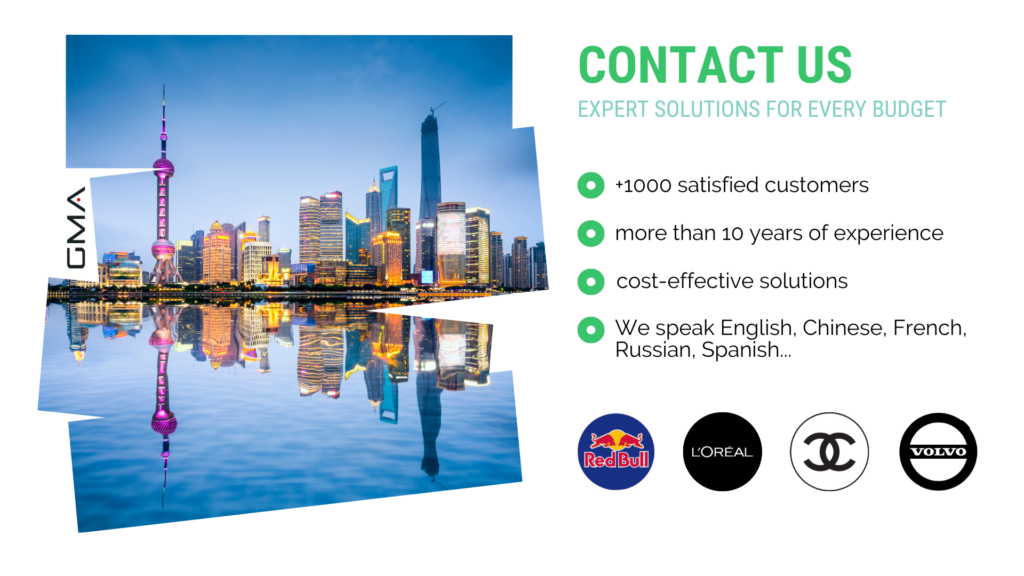
Over more than 10 years we worked with many different beauty companies on different marketing strategies. Our team of Chinese and foreign experts has the experience and know-how needed to succeed in the Chinese market. Now it’s time for you!


